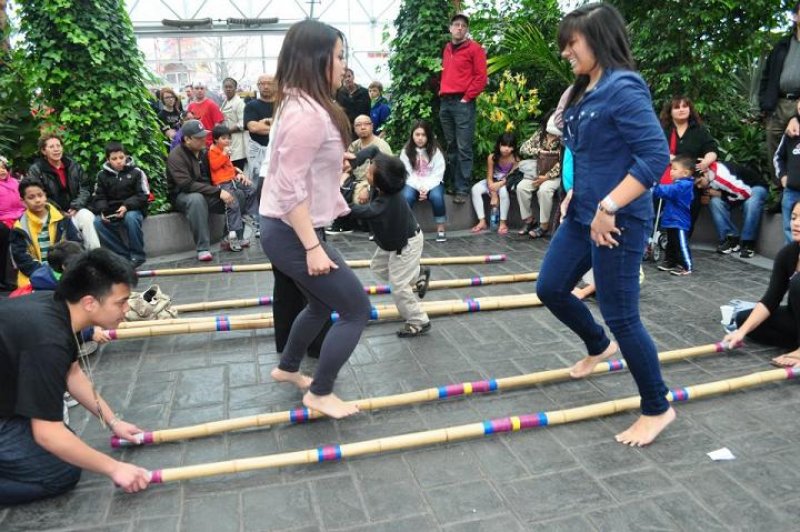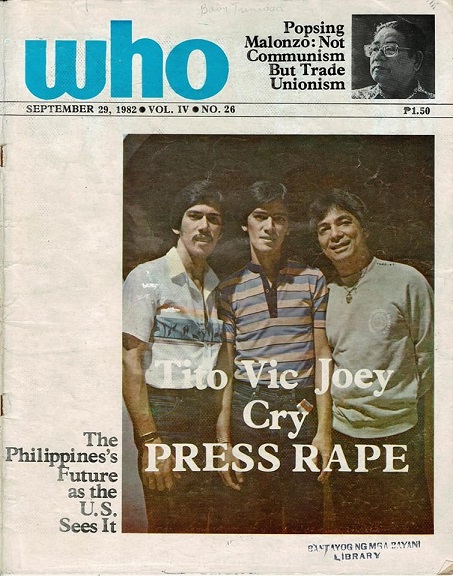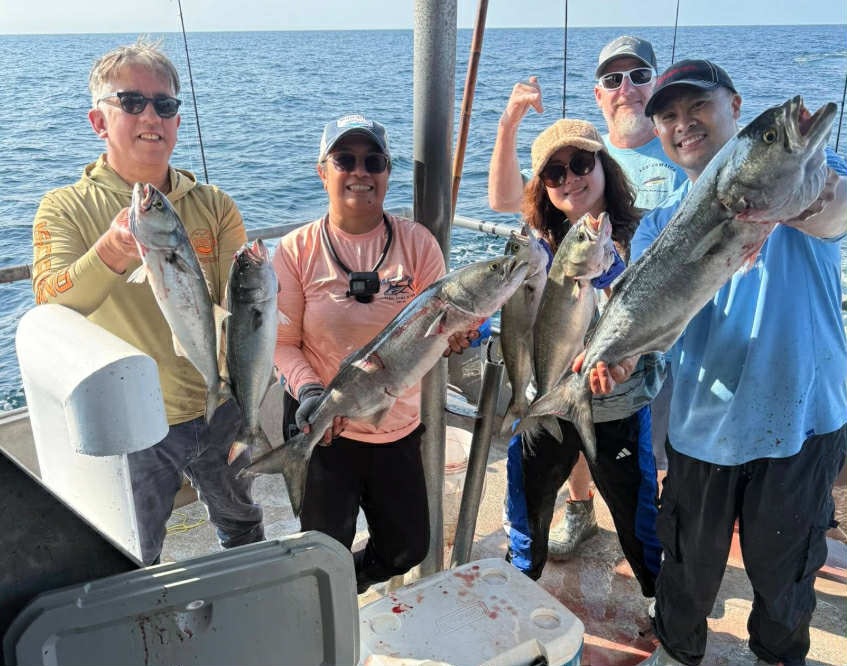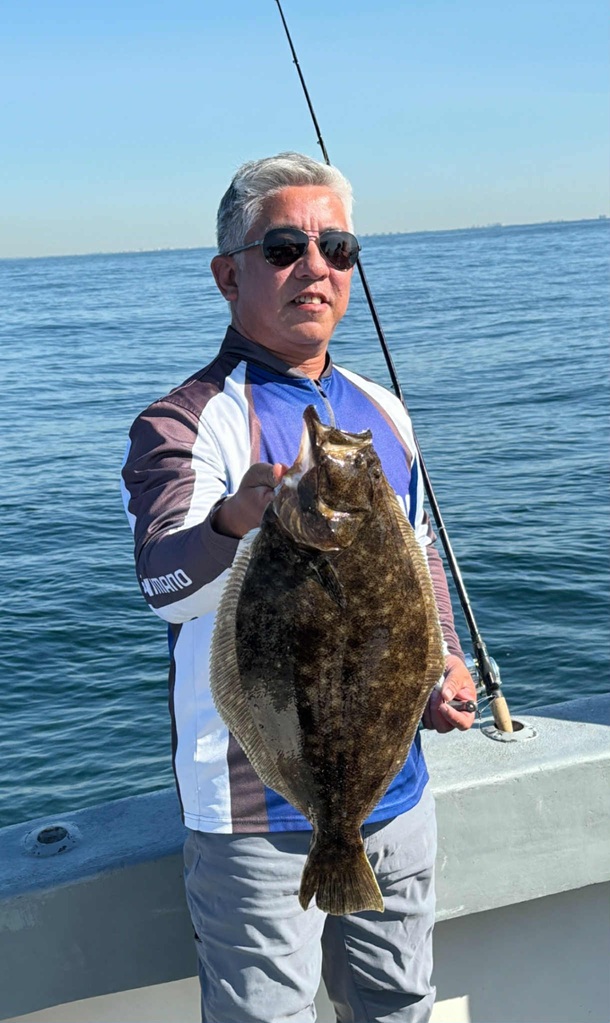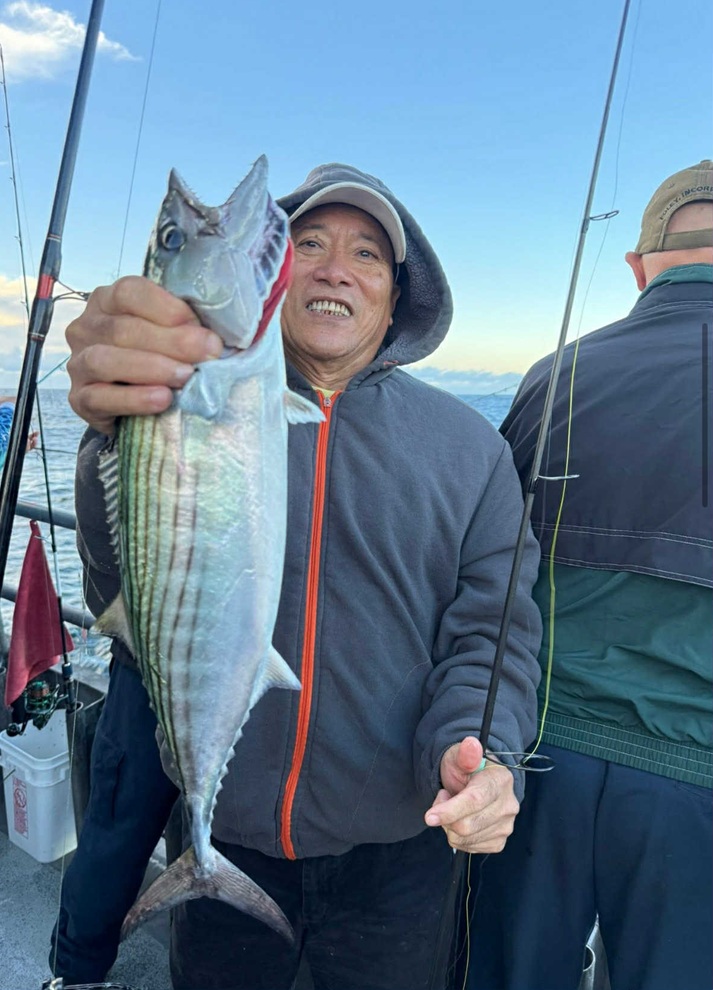FilAms who fish: A brotherhood by the sea
By Cristina DC Pastor
For 35 years Andres “Ding” Amado ran an auto shop in Jersey City. Today at 73 and newly retired, he spends his days chasing tuna and tilefish instead of fixing engines.
“I worked at that shop for 35 years,” he said with quiet pride. “Now, I can finally fish whenever I want.”
Ding’s love for fishing began back in the 1980s. “At first, shore fishing lang,” he recalled when interviewed by The FilAm. “Then I learned to join party boats — the all-day trips. You pay for a spot, ride out, and fish all day.” His friends in Jersey City introduced him to the routine. “They were fishermen too. We all came from the Philippines where there were fish ponds. We started young.”
Ding is in this brotherhood of Filipino fishing aficionados who find peace and camaraderie at sea. Another one is Jay San Agustin, 54, a Medicare specialist from Edison, and a fellow Kapampangan.
“I started deep-sea fishing in 2001,” Jay recalled. “That was the first time I caught a fish in a boat.”
At first, Jay fished from the ponds of BF Resorts in the Philippines. Later, he tried going out on boats—with his dad.
“Every Father’s Day, I’d take my dad fishing. He loves it. He doesn’t get seasick,” Jay said, laughing. “I did, though. I threw up twice. Once on a Father’s Day trip—but once you throw up, you’re fine after.”
Companionship and community
Over the years, Ding and Jay found companionship and community on the water.
“When you’re a fisherman, you meet others like you,” said Ding. “I met some through the shop. That’s how our group was formed — just six or eight of us. Some have grown old, some have passed away.” Today, younger people and women sometimes join the trips, keeping the camaraderie alive.
Their usual spot is Leonardo State Marina, next to the Earle Naval Base in Monmouth County, near Sandy Hook, New Jersey. Sometimes, they head to Brielle or Point Pleasant, about five minutes apart.
“If we want to go deeper—like a thousand feet—we go tile fishing on the Voyager in Point Pleasant and tuna fishing on the Big Jamaica in Brielle,” said Jay. “Those trips can take 18 to 30 hours. Twenty-six to thirty anglers on board.”
The fishing season peaks from May to August, slowing down by September to December. Jay usually fishes once or twice a month.
He explained why fishing in New Jersey is special.
“People come to New Jersey from Maryland and Massachusetts. The quality of fish here is really good—black sea bass, fluke, blackfish—those are the best-tasting ones.”
There are strict rules, too.
“For striped bass, they have to be between 28 and 31 inches. If it’s too big, we throw it back—it’s the law. Sometimes, there are wardens waiting at the dock to check.”
Jay said Ding even prepares sinigang and other Filipino dishes with their catch. “We bring the fish to his shop—he’s Kapampangan, a great cook.”
Like Jay, what keeps Ding hooked after all these years, isn’t just the catch — it’s the calm.
“Fishing relaxes your mind,” he said. “When I get a lot of fish, I give some away — to my customers, to friends. But on the boat, sometimes I don’t catch anything, while the person next to me gets plenty. It’s experience, it’s skill. Every trip teaches you something.”
Fishing, for Jay, is both therapy and tradition. “It gives me a break,” he said. “When I’m out there, the salt air clears my mind.”
Expensive hobby
Both gentlemen admit the hobby isn’t cheap.
“A good reel can cost $1,000 to $1,200. Rods run $200 to $600 each—and you need at least four or five for different depths,” said Jay. Some equipment lasts for years, but they’re pricey.
Ding sees it differently. “Yes, it’s expensive— but if it’s your passion, it’s worth it.” He said a party boat costs about $85–$90 per person for eight hours. “It’s not just about catching fish — it’s about joy.”
Still, there’s joy in the challenge—and the reward. “We even have a $5 pool—whoever catches the biggest fish wins. I’ve won four times,” Jay said.
There are now women joining lately. “Two Filipinas from the Bronx just started,” Jay shared. “One of them is really good—she ties knots perfectly, has a GoPro, and she’s very humble. A good angler knows how to tie knots so the line doesn’t break.”
As for Jay’s best catch? “Tuna, from the canyons off New Jersey—Hudson or Baltimore Canyon. It’s about a 30-hour trip. No cell signal out there, just the ocean. The waters are pristine and beautiful.”
“I once caught a 120-pound bluefin tuna,” Ding recalled with pride. “That’s the biggest one. You can’t keep bluefin during off-season. Tuna season is around September to November. There are strict regulations now.” Maritime rules state that large fish caught during off-season have to be released back to the water based on the principle of “responsible fishing.”
When the weather’s bad, the boys don’t go ashore. “Safety is always the priority.”
Jay laughed remembering one superstition: “Never turn over a fish—it’s bad luck!”
He paused, then added, “Fishing taught me patience. And every time I fry fillet at home, my wife says—it doesn’t even smell. That’s when I know the fish is fresh.”
Ding laughed when asked about disagreements among anglers.
“Oh yes, there are some who get angry — they don’t like to share or they get jealous when others catch more fish than them. But me, I just enjoy it. I eat the fish the same day,” he said. “I love fish. Always have.”

